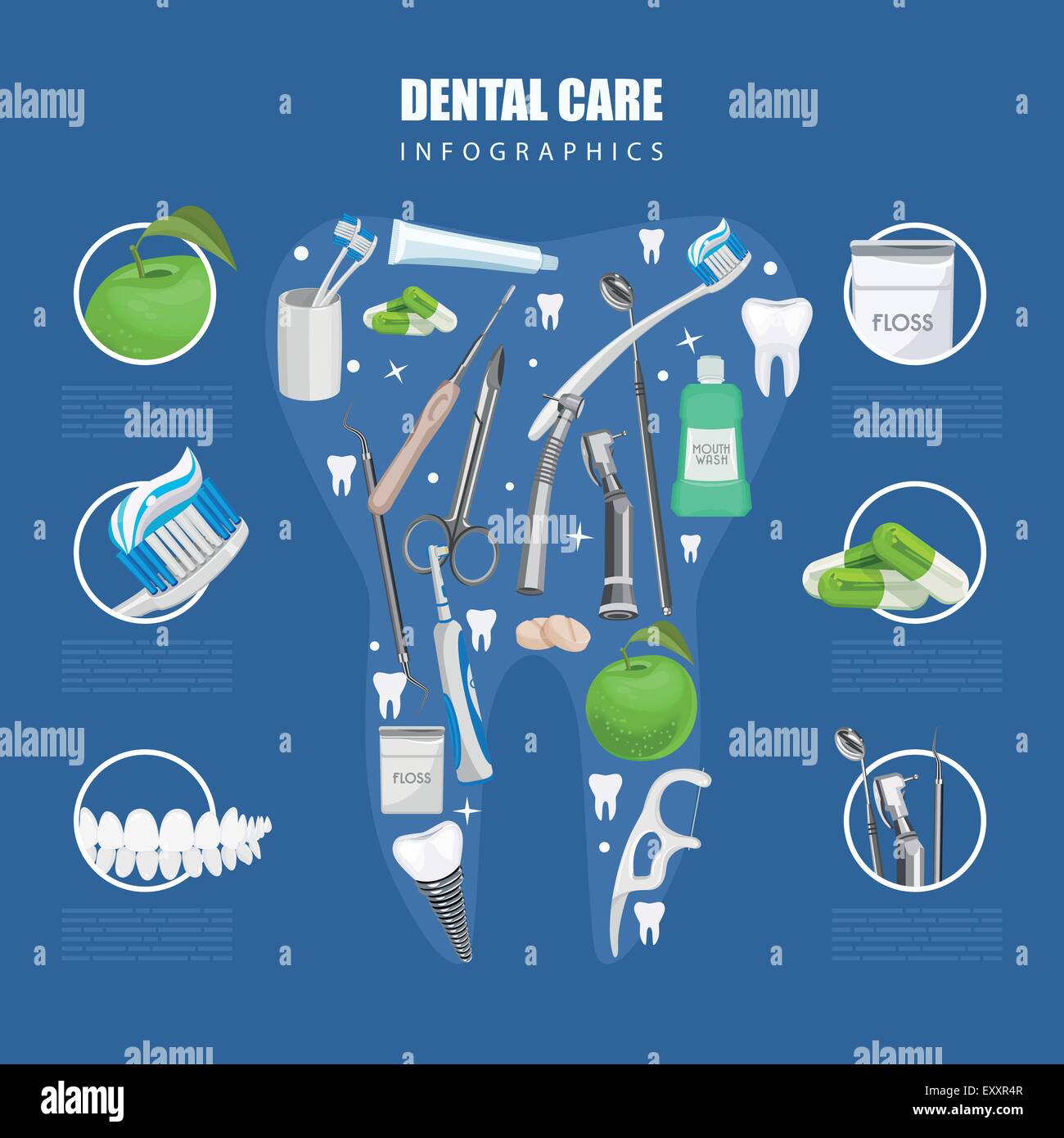Be Prepared For Unexpected Oral Emergency Situations By Recognizing The Signs Of Injury And Knowing When To Look For Immediate Care
Be Prepared For Unexpected Oral Emergency Situations By Recognizing The Signs Of Injury And Knowing When To Look For Immediate Care
Blog Article
Staff Author-Hanley Albright
If you feel an unexpected jolt of discomfort or discover a tooth injury, it can be upsetting. Yet exactly how do you figure out if it's a dental emergency situation that needs immediate attention? Recognizing the crucial indicators and recognizing when to look for assistance can make all the difference in preserving your oral health and wellness. Knowing when to act promptly can imply dental implants periodontist near me in between a quick fix and much more considerable treatment.
Common Kind Of Dental Injury
What're the typical types of oral injury that you should know?
Accidents can happen, resulting in numerous kinds of dental injuries. One common sort of oral trauma is a broken tooth. This can take place from attacking down on something tough or experiencing a strike to the face.
Another kind is a busted tooth, where a part of the tooth can chip off. Furthermore, you may experience a knocked-out tooth, which can occur throughout sporting activities or falls. It's crucial to handle the tooth carefully and look for prompt dental interest.
Oral trauma can also include a tooth that has actually been pushed out of setting or loosened due to an injury. https://louisrmgbu.bloggerchest.com/30592917/a-comprehensive-method-to-picking-the-right-tooth-brush-and-tooth-paste-for-ideal-dental-health-and-wellness of injury needs punctual therapy to conserve the tooth.
Last but not least, soft cells injuries in the mouth, such as cuts, can additionally happen from crashes. Finding out about these common kinds of oral trauma can assist you act quickly and appropriately in case of an emergency.
Indicators of Dental Emergency Situations
Recognizing the signs of oral emergencies is vital for punctual activity and appropriate treatment. If you experience severe tooth discomfort that's constant and throbbing, it can suggest an underlying issue that requires instant attention.
Swelling in the periodontals, face, or jaw can also be a sign of an oral emergency, particularly if it's accompanied by discomfort or high temperature. Any kind of sort of injury to the mouth causing a split, broken, or knocked-out tooth ought to be dealt with as an emergency situation to stop more damage and prospective infection.
Bleeding from the mouth that doesn't stop after applying stress for a couple of minutes is another warning that you should seek emergency situation oral treatment. In addition, if you see any kind of signs of infection such as pus, a nasty taste in your mouth, or a fever, it's essential to see a dental practitioner as soon as possible.
Disregarding these signs could cause extra serious complications, so it's essential to act promptly when faced with a possible oral emergency.
Importance of Immediate Therapy
Trigger action and immediate therapy are critical in dealing with oral emergencies to prevent further complications and guarantee optimum results for your oral health and wellness.
When faced with an oral emergency situation, such as a knocked-out tooth or severe toothache, looking for instant therapy can make a considerable difference in conserving your tooth and alleviating discomfort. Postponing therapy can bring about infection, enhanced pain, and also long-term damages to your teeth and periodontals.
By seeking emergency dental care immediately, you increase the possibilities of successful treatment and reconstruction. Dental experts have the required skills and tools to attend to emergency situations successfully, lowering the danger of long-term repercussions.
Additionally, immediate therapy can help handle pain and discomfort, permitting you to resume your day-to-day tasks without interruption.
Conclusion
Finally, recognizing dental trauma and knowing when to seek first aid is critical for maintaining dental wellness.
By recognizing common types of dental injuries and the indicators of dental emergency situations, you can ensure punctual care to avoid additional damage and complications.
Bear in mind, seeking prompt therapy can conserve teeth, decrease pain, and boost the opportunities of successful recuperation.
Do not wait to seek assistance from an oral specialist if you experience any kind of signs of dental trauma.
